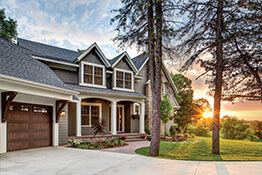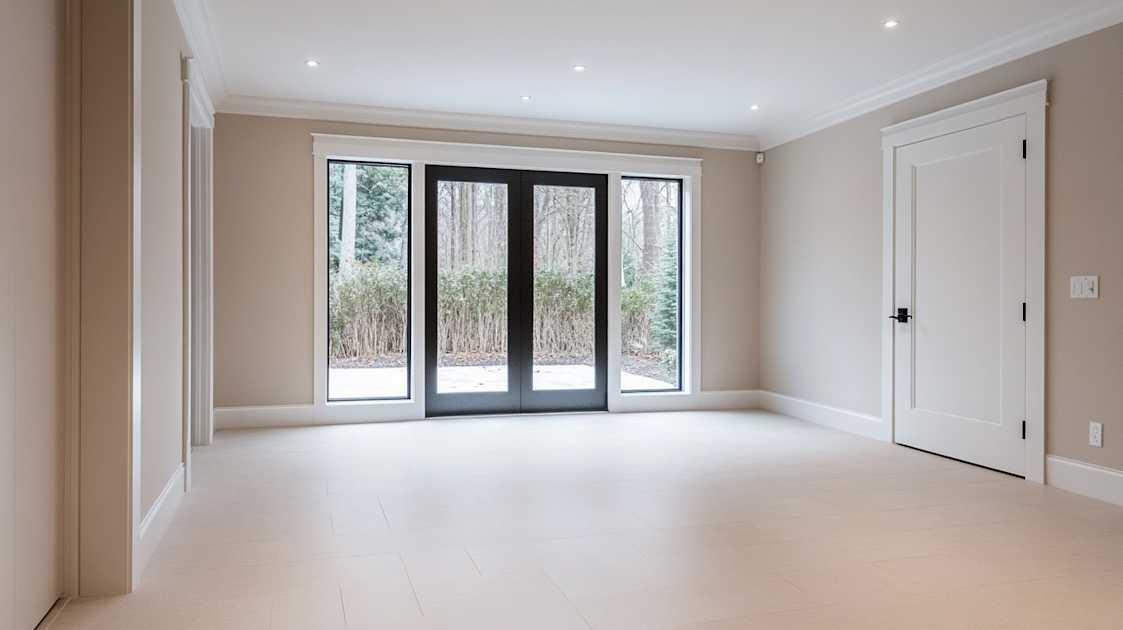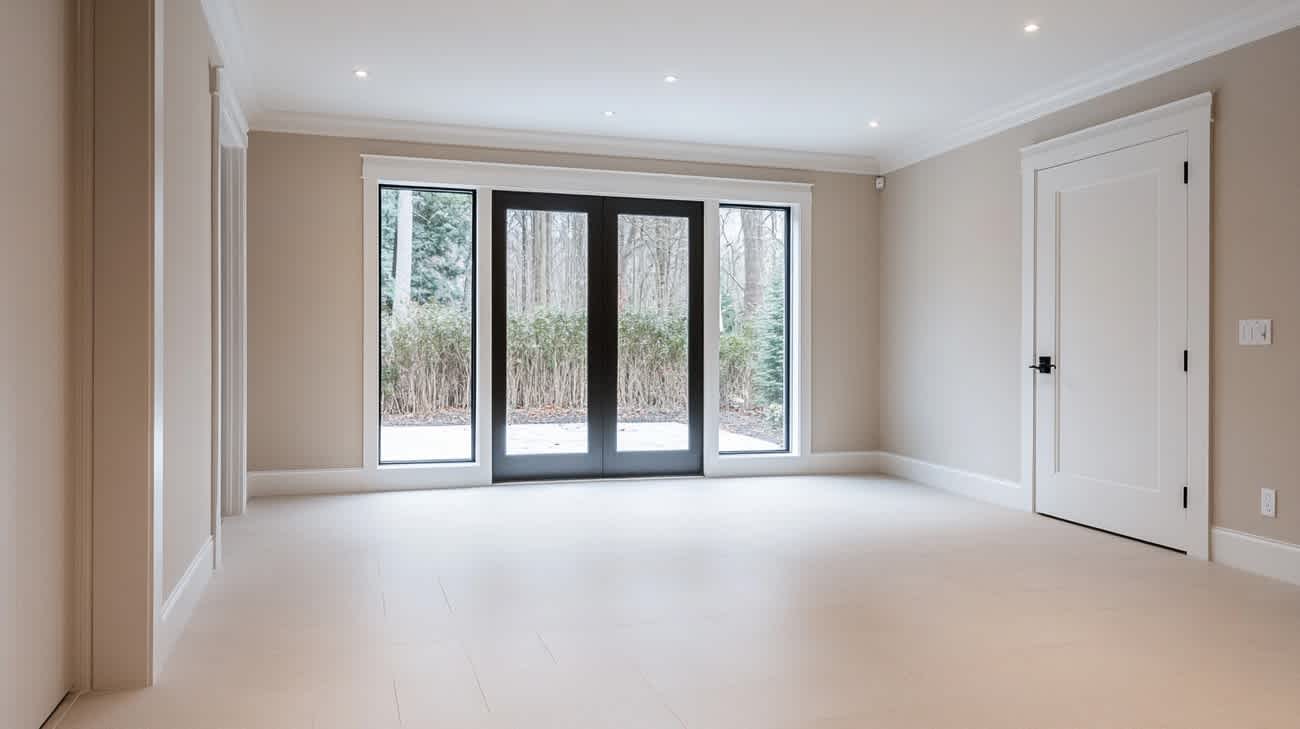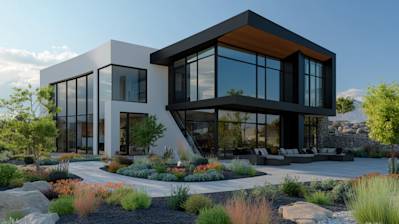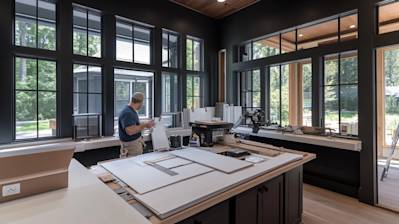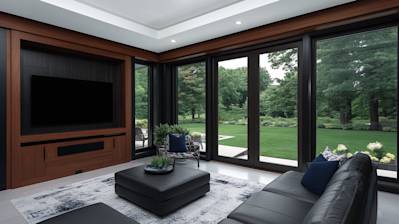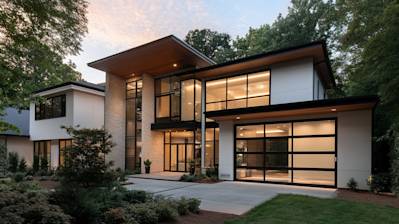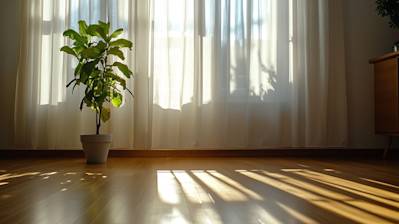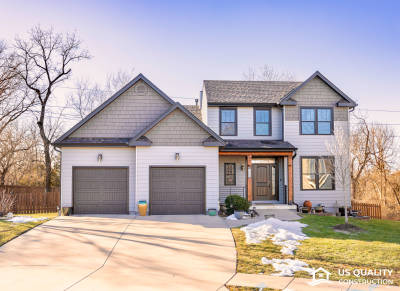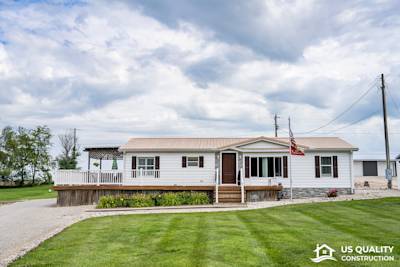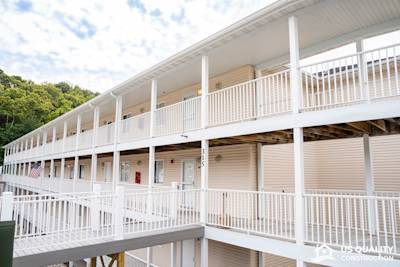When you're looking to enhance your property or beginning renovations, egress windows may not be the first thing that comes to mind. Nonetheless, these crucial additions can drastically augment your home's value, safety, and overall functionality. Let's delve into understanding egress windows for your property.
Understanding Egress Windows
Egress windows are unique windows that meet specific size requirements. They essentially serve as an escape route in emergencies such as fire. This article's primary goal is to help homeowners recognize the significance of egress windows, their size requirements, installation process, building codes, cost, and much more.
The Importance of Egress Windows: An Overview
Egress windows are essential for many reasons:
- Safety: They provide an escape route during emergencies, ensuring the safety and security of your family and loved ones.
- Ventilation: Aside from their safety function, egress windows play a role in ventilation, providing fresh air, and reducing dampness or stuffiness.
- Natural light: Egress windows illuminate your basement or any other room by allowing in more natural light, enhancing your room's ambiance.
Key Egress Window Size Requirements
Building codes differ from region to region, but at its core, egress windows should be large enough for an average-sized person to exit or a firefighter to enter the building in the event of an emergency. These size requirements can be classified as follows:
- Opening Width and Height: The American National Standards Institute stipulates that an egress window opening should be at least 20 inches wide and 24 inches high.
- Net Clear Opening Area: Egress windows should have a net clear opening of 5.7 square feet or larger on the ground floor and not less than 5 square feet for other floors.
- Opening Mechanism: Egress windows should be easy to open without special tools or keys.
Building Codes for Egress Windows
Egress window building codes serve to guide property owners on how to install these windows properly. These codes cover points like window size, window well size, sill height, and more. Make sure to consult local building departments to understand your local code requirements.
All About Egress Window Installation
Installing egress windows isn't for the faint-hearted. It involves significant excavation, cutting through the concrete wall, installing the window, and building the window well. Do not hesitate to hire professional help if you're unsure about how to proceed. The steps may include:
- Exterior Digging: Dig the space around the window.
- Wall Cutting: Cut the wall according to the dimensions.
- Window Installment: Install the window and attach it with anchors.
- Well Construction: Construct a window well to avoid soil and water leakage.
Egress Window Costs: What to Expect
Egress window installation costs can vary widely, depending on window size, materials, labor rates, and whether you need to enlarge an existing window or create a new one. On average, homeowners can expect to pay anywhere between $1,000 and $5,000 for a single egress window.
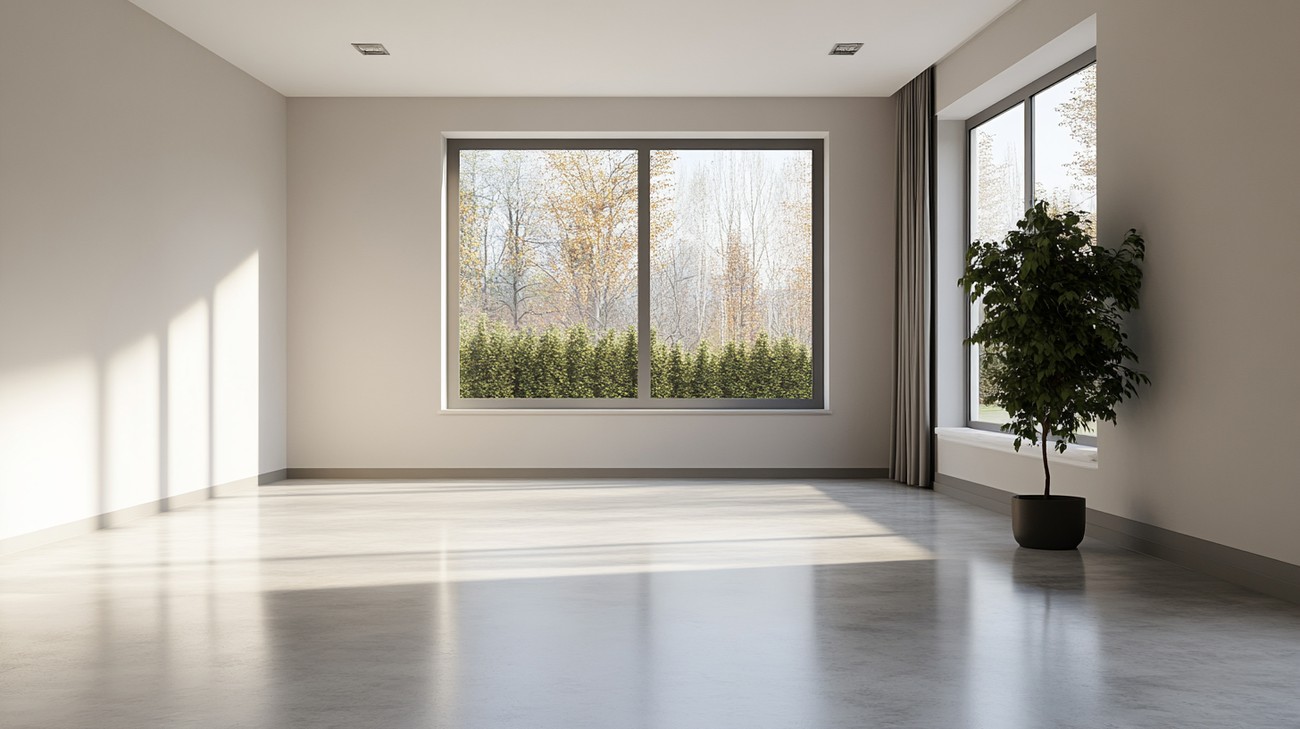
Frequently Asked Questions about Egress Window
Where are egress windows typically installed?
Egress windows are typically installed in specific rooms within the house that would need a secondary exit route in case of emergencies. These rooms include basements, bedrooms, and other habitable spaces.
How much do egress windows cost?
The cost of an egress window varies depending on the size, type, and quality of the window you choose as well as the cost of installation labor in your area. It's important to factor in not only the price of the window itself, but also the cost of cutting a hole in the wall, creating a well for the window, and potentially adding a cover or steps.
How are egress windows installed?
Installing an egress window involves several steps and is best done by a qualified professional. It starts with cutting a hole in the house wall or foundation, inserting a window well, and finally installing the window itself. The process also includes applying a waterproof membrane around the window and installing a window well cover if necessary.
What are the major types of egress windows?
The major types of egress windows are casement windows, sliding windows, and double-hung windows. Single or double-hung egress windows are common in bedrooms and other living areas, while casement windows are often found in basements due to their ability to swing open wide.
Do all homes require an egress window?
Whether or not a home requires an egress window largely depends on local building codes and regulations. However, an egress window is typically required in any room that is used for sleeping purposes or as a living space.
Can I use a window well for my egress window?
Yes, a window well can be used for your egress window. In fact, a window well is generally a requirement for basement egress windows. This is to ensure that if the egress window needed to be used in an emergency, someone could easily climb out.
Can an egress window be installed in a walkout basement?
Yes, egress windows can be installed in walkout basements. Even though a walkout basement has a door that provides access to the exterior of the home, additional egress windows may still be required depending on local building codes.
Do egress windows add value to my home?
Egress windows can add significant value to your home. Not only can they make your home safer and more versatile, but they can also potentially increase the sale price of your home, as they add additional legally habitable space to your home's total square footage.
Can I install an egress window myself?
While it is possible to install an egress window yourself, it's a complex job that involves significant knowledge of building codes, precise measurements, heavy lifting, potential foundation work, and sometimes even excavation. For these reasons, most people choose to hire a professional to do the job.
What should I look for when choosing an egress window?
When choosing an egress window, look for windows that meet code requirements, are easy to operate, provide adequate light, and offer energy efficiency. Also consider the window's durability and how well it will blend with your home's aesthetic.
What is the purpose of an egress window cover?
An egress window cover can serve several purposes. It can prevent leaves, debris, and animals from entering your home through the window well. It can also provide added safety by preventing children and pets from falling into the window well.

Pros of Egress Windows
Safety/Security
Life-saving Exit
Having an egress window installed in your house, especially in a basement, becomes a lifesaver during emergencies. Whether it’s a fire accident, burglary, or any other unforeseen incidents where the main exits are blocked, egress windows can serve as an alternative escape route. It ensures the safety of the inhabitants and gives them peace of mind.
Firefighters' Entrance
Egress windows aren’t just exit points for those inside the house, they can also serve as entry points for firefighters or other emergency responders. This added option can save precious minutes in a rescue operation where every moment matters.
Adds Value To Property
Increased Home Value
Installing an egress window to your property can significantly impact its resale value. Buyer’s in today’s market not only look at the aesthetic aspects of a home but also its overall functionality, safety features and the quality of its construction - egress windows satisfy all these aspects.
Legal Requirement
In certain areas, having an egress window can be a deciding factor to whether a room is considered liveable or not. According to the International Residential Code, any liveable space or bedroom within a basement must require to have an egress window. Fulfilling these legal requirements adds credibility to your property and makes it more attractive for prospective buyers.
Improved Comfort and Aesthetics
Increased Ventilation
Apart from safety, egress windows can have a significant impact on the air quality in your room. They can allow a generous amount of fresh air to enter, thereby improving indoor ventilation and reducing humidity.
Additional Natural Light
Egress windows tend to be larger than normal windows to serve their purpose as an exit and entrance point. This inadvertently results in letting in more natural light into the room, thus improving the overall ambiance and making it visually more pleasing.
Cons of Egress Windows
Cost and Installation
High Installation Costs
One of the significant drawbacks of egress windows is their high installation costs. It is a substantial investment that involves a lot of work, including excavation, structure reinforcement, and purchase of the windows themselves, which are usually larger and more expensive than regular ones.
Possible Structural Issues
Adding an egress window, especially in an already built space, can cause structural problems. Digging a large hole on the side of the house must be done with caution, making sure not to afanfect the foundation or any load-bearing walls.
Maintenance
Regular Upkeep
Unlike regular windows, egress windows require more maintenance due to their size and operational importance. There might be an additional need for frequent cleaning, repair, and perhaps even replacement due to their exposure to external elements.
Weather-Related Issues
Depending on the location of the property, egress windows can be prone to weather-related problems. Problems such as leakage during heavy rainfall, snow buildup hindering access, deterioration due to extreme weather conditions are often seen with egress windows.
Space Requirement
Sacrifices Yard Space
Egress windows require substantial exterior space for installation. In small properties, adding an egress window might mean sacrificing valuable yard space.
May Need A Window Well
In some installations, an egress window may require a large window well to maintain the usability of the egress. This takes up additional yard space and may not be aesthetically pleasing to some.

Myths and Misconceptions about Egress Windows
Egress windows, despite being essential fixtures of property design for ensuring safe evacuation during emergencies, often find themselves at the center of multiple misconceptions and myths. Many homeowners, construction experts, and property professionals have fallen victim to these fallacies, misunderstanding critical aspects of egress windows. This can lead to violations of building codes, decreased property values, and severe safety risks. Let's debunk some of these common myths and misconceptions.
Myth 1: All Windows can Serve as Egress Windows
The Reality
Egress windows are not your everyday windows. They are specifically designed and installed to provide a reliable and accessible evacuation route during emergencies. To qualify as an egress window, a window must meet several specifications outlined by the International Residential Code (IRC). These specifications pertain to minimum dimensions, opening style, height from the floor, and more. Simply put, not all windows can count as egress windows.
Myth 2: Egress Windows are Not Mandatory
The Reality
Building codes require the installation of egress windows in specific rooms, primarily for personal safety during emergencies such as house fires. The IRC dictates that every sleeping room and basement (with habitable space) must have at least one egress window. Therefore, any new construction or sizable renovation should include provisions for suitable egress windows. Ignoring these requirements could lead to penalties or challenges upon resale of the property.
Myth 3: Egress Windows Detract from a Home’s Aesthetic Appeal
The Reality
Contrary to popular belief, egress windows can enhance a property’s visual appeal when correctly selected and installed. They provide an excellent source of natural light, making your rooms feel more spacious and comfortable. With the range of styles and designs available today, you can easily find an egress window that complements your house's architectural style and interior décor.
Myth 4: Location of Egress Windows is Unimportant
The Reality
The location of the egress window is as essential as its presence. The IRC mandates that egress windows must be installed in each sleeping room and habitable basement spaces. This ensures that all occupants have a direct, easily accessible escape route in case of emergencies. Careless placement of egress windows could lead to inadequate escape routes and violation of building codes.
Myth 5: All Egress Windows are Equal
The Reality
There's considerable variety in egress window types, from casement windows to sliding windows, each with its specifications for qualifying as an egress window as per the IRC. For instance, sliding windows often need to be significantly larger to meet egress criteria due to their opening style. Thus, not all egress windows can be used interchangeably in all spaces and situations.
Myth 6: Egress Windows Are Too Expensive
The Reality
While it’s undeniable that installation of egress windows can involve significant costs, considering them as an undue financial burden is unfair. Remember, these windows are vital safety features that could potentially save lives. Moreover, they can add value to your property by increasing living space, improving ventilation, and enhancing natural lighting. The cost can vary based on the window type and other factors such as the need for excavating a window well. However, the benefits far outweigh the costs.
Myth 7: Egress Windows Only Serve a Safety Function
The Reality
While it's true that egress windows are primarily for safety, they also offer multiple additional benefits. They improve ventilation in your home, allowing fresh air in, and can also enhance your property’s aesthetic appeal when chosen thoughtfully. Additionally, egress windows can effectively bring more natural light into lower floors or basements, transforming otherwise dull spaces into bright, welcoming areas.
Understanding egress windows beyond the commonly held myths and misconceptions can help you make smarter and safer choices for your property. Equipped with the correct information, you can ensure compliance with building codes while enhancing your property’s safety, functionality, and value.
Summary
So, you now know all about egress windows and why they're so important. They're required by legal building codes and are crucial for the safety of inhabitants of a house or a building. Maybe you've realized your home doesn't have an egress window, or maybe you're planning to get one installed. Either way, it's necessary to have one in each bedroom and basement for safe exits during emergencies.
Having an egress window is about more than just compliance with regulations; it's about peace of mind. You'll sleep better knowing you and your family could escape a fire or other life-threatening situation quickly and safely. Plus, they let in natural light and ventilation, making your home more comfortable and pleasant to live in.
That wraps up everything you need to know about egress windows. Should you decide to have some installed in your home, always prioritize professional installation to ensure they meet the code's requirements, and the addition is structurally sound. Proper planning and installation can make your egress windows both a safety feature and a valuable addition to your home's aesthetic appeal.
About US Quality Construction
US Quality Construction, located in the heart of Kansas City, MO, is a top-notch, fully certified construction company that thrives on turning the dreams of our clients into reality. We have a proficient team of experts who consistently deliver exceptional results in every project, large or small. With a strong emphasis on quality, we aim to go beyond customer expectations in providing superior construction services. Having serviced countless homes and businesses in Kansas City and beyond, we have built a reputation for reliability, great communication, high-quality work, and thorough customer care. From design to finish, our experienced workers meticulously work with unwavering determination; making US Quality Construction your one-stop solution for all construction needs. With us, your construction projects are always in reliable hands.
Tags: basement, safety, emergency exit,
